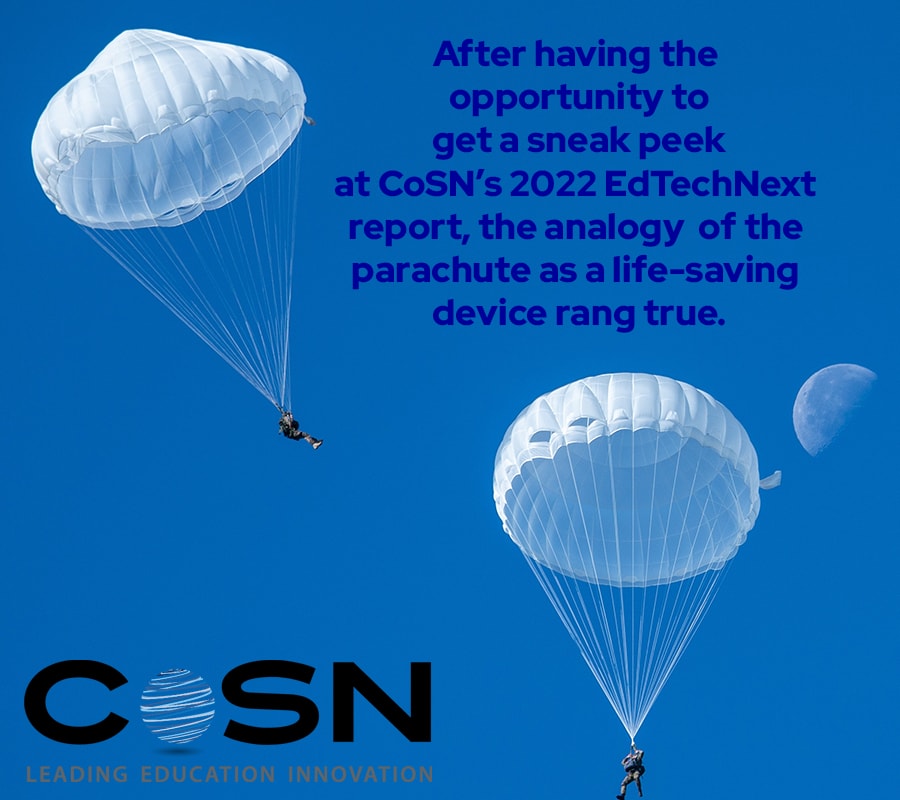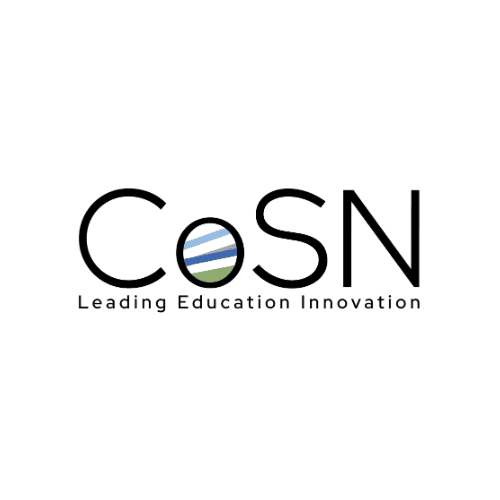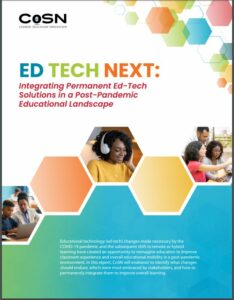Several years ago, I worked with a fabulous organization as an Educational Strategist. Districts would contact this organization and ask them to help the district design the perfect online or blended learning model for them. I loved this work and got to meet so many amazing educators. Unfortunately, after a year of doing this, the organization decided to take a different direction and essentially, I would be out of a job in four months. What I learned in those four months is that there was a demand for high-quality online and blended learning and that several of the districts I had worked with wanted to keep going. So, with the help and support of the organization that I had been working with, I started my own educational consulting company. Over the years, many friends and colleagues have told me that they admire my courage to start my consultancy. But, the truth is it wasn’t that courageous of a decision. I was pushed, and someone handed me a parachute.
You’ve likely heard the phrase “silver lining” and probably even heard it applied to the COVID-19 pandemic. It essentially means the good we can take away from the past two years. I prefer to think of the pandemic as the push and edtech as the parachute in an educational context. Without educational technology to enable online learning and hybrid learning, students would have lost much more during the past two years. After having the opportunity to get a sneak peek at CoSN’s 2022 EdTechNext report, the analogy of the parachute as a life-saving device rang true.
One of my key takeaways from the report is that technology can be an equalizer for students. Technology opens possibilities for students in all subjects and all grades. When this technology is combined with high-quality teachers, students have exponentially more opportunities than they would within the traditional four walls of a classroom. Students can explore various topics or simply have access to a variety of resources that best address their learning needs through technology. Technology can also help free up some teacher time so that students who need more direct instruction have that opportunity.
Ensuring digital equity may mean less granular control of edtech choices at the classroom or school level. For example, when I was a district technology coordinator, I had to decline a donation of iPads from a PTO group in one of our more affluent schools because the district didn’t have the means to provide the same devices to all schools. Digital equity isn’t about denying opportunities; instead, it’s about making intelligent, collaborative decisions about what edtech tools are needed to advance student learning outcomes and ensure that all classrooms in the district have access to those tools and the training they need to implement the tools successfully. We were able to work with the PTO group to change the donation from iPads into something that supported student learning that we could maintain across the district.
The report highlights the power of relationships to advance student learning and overall well-being. Edtech has the power to help teachers continue to build relationships. For example, I recently co-presented a conference presentation called #OnlineIRL (Online is Real Life). My co-presenter was someone I met online over a decade ago and have only seen in person once or twice a year at conferences. I would call her a friend and mentor. Our entire relationship has developed online. This same opportunity exists for students and teachers to use edtech to build or enhance meaningful connections. At the heart of education is relationships.
Edtech can be our parachute to a new adventure in education. Over the past two years, we learned that we could pivot and change when we have to in education. Now is the time to hold onto our edtech parachute to continue expanding learning opportunities and reaching each of our students where they need us most.
Dr. Stacy Hawthorne, CoSN Emerging Technologies Committee Member
Director of Online Programs
Davidson Academy
Published: March 28, 2022



